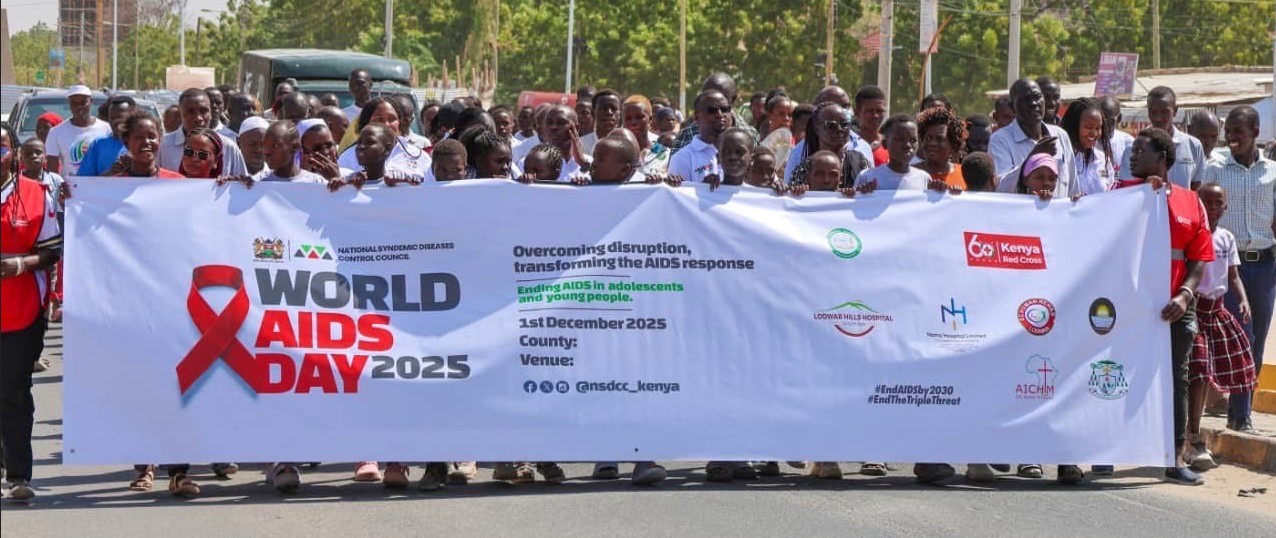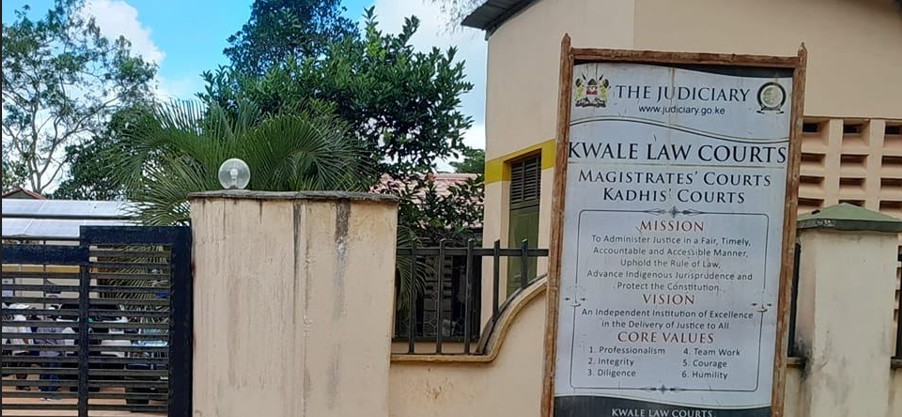Counties blamed for garbage crisis as CS Barasa cites rampant defiance

Barasa further said that counties have failed to manage and maintain dumpsites, including access roads, which has made it hard for garbage trucks to reach waste yards.
A deepening standoff between the national and county governments has emerged over the worsening waste crisis in urban areas, with the Ministry of Environment blaming counties for ignoring key directives and environmental regulations, resulting in uncontrolled dumping of garbage.
Environment Cabinet Secretary Debora Barasa told the Senate plenary that counties have continually defied advice and statutory notices on waste management, leading to growing piles of uncollected trash across roadsides, estates, and unauthorised dumping zones.
More To Read
- New Bill proposes hefty fines, jail terms for careless disposal of electronics
- Truck that overturned in Uasin Gishu was ferrying natural rubber latex to DRC
- Court bans eucalyptus planting near water sources nationwide
- Kenya seeks World Bank, EU support to remove toxic asbestos roofs
- Runda residents stage protest over controversial luxury housing project
- NEMA targets Sh2 billion revenue through new digital licensing system
“Counties are adamant about undertaking Environmental Impact Assessments and Annual Environmental Audits, making it very hard for National Environment Management Authority (NEMA) to regulate them,” she said on Wednesday.
The CS expressed concern that most counties have failed to license their garbage collection trucks with NEMA, which has made it difficult to track waste transporters. Many of these operators are accused of dumping waste illegally.
“Counties are slow to embrace waste segregation at source and have shown poor enforcement of related regulations,” she added.
Barasa further said that counties have failed to manage and maintain dumpsites, including access roads, which has made it hard for garbage trucks to reach waste yards.
As a result, many areas are experiencing illegal dumping due to inaccessibility and lack of enforcement.
She noted that the situation has been worsened by the absence of essential waste management facilities across counties such as recycling plants, landfills, incinerators and material recovery centres.
In many towns and urban centres, garbage continues to pile up in open spaces, markets, near schools and hospitals, posing a major health risk to the public.
Barasa said Kenya generates between 3,000 and 4,000 tonnes of waste daily, the bulk of it coming from urban areas. She noted that 60 per cent of the waste is organic and can be converted into fertiliser.
“The focus should mostly be on fertiliser production, which accounts for 60 per cent of the waste. Around 30 per cent comprises plastics and other recyclable materials, and just five per cent is viable for energy conversion,” the CS said.
Separately, the CS revealed that both national and county agencies are yet to fully comply with a government directive to remove asbestos roofing from public buildings. The order, issued over a year ago, gave institutions a three-month deadline to remove the harmful material, but many are yet to act.
“We issued a gazette notice on the safe removal and disposal of asbestos in Kenya. But, cognizant of fiscal constraints, only a few have complied,” Barasa said.
She said the ministry is now engaging the National Treasury to help secure funding to fast-track the removal of asbestos, which poses serious health dangers to people exposed to it.
The CS’s remarks paint a worrying picture of poor coordination between the two levels of government in dealing with both daily waste and hazardous materials, raising concerns about the long-term health and environmental implications.
Top Stories Today












































